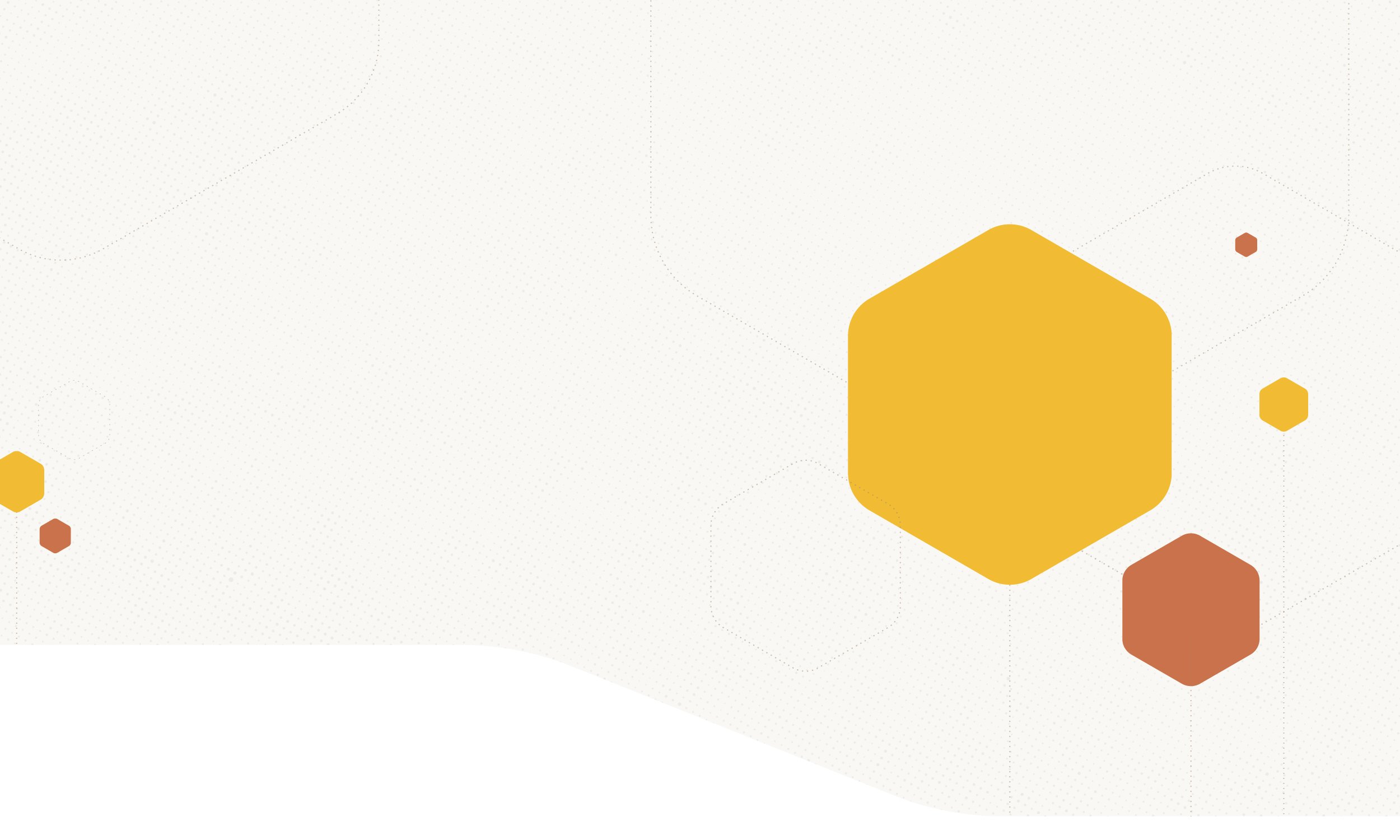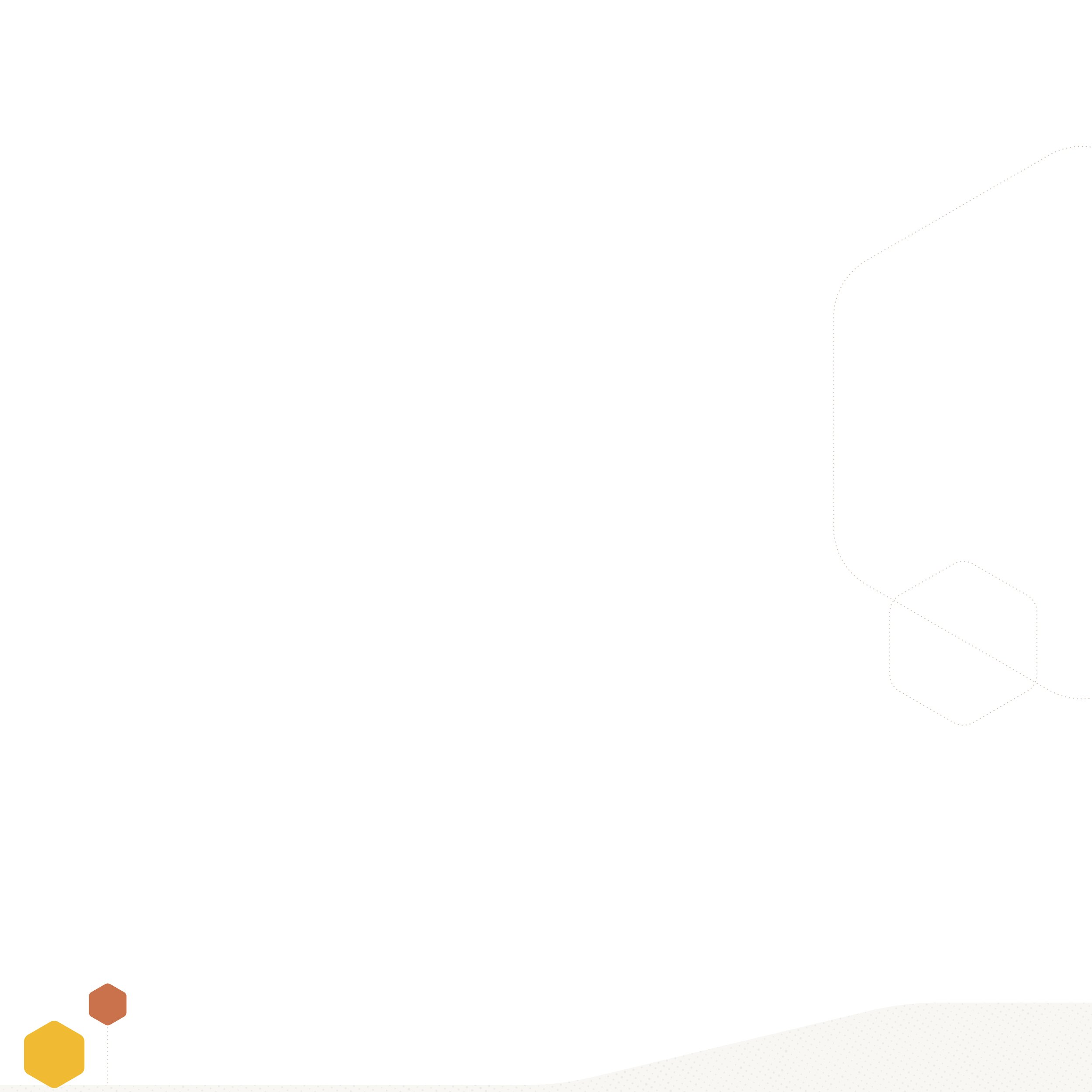
I help SaaS founders build incredible businesses.
Rob Walling is changing the startup game for founders through his books, podcast, community, and accelerator.
6
Companies
started
5
Books
PUBLISHED
234
Startup
INVESTMENTS
15M+
Podcast
downloads

Books
More than 100,000 copies sold.
Whether you’re gearing up to launch your first product or plotting your exit, these bestselling books offer the proven frameworks, strategies, and mindset you need.
1
2
3
4
5

Podcast
With 800+ episodes and 15M+ downloads, Startups for the Rest of Us is the no-fluff podcast helping you launch, grow, and scale a SaaS business on your own terms.
Tune in each week for practical tactics, success stories, and candid conversations with entrepreneurs who’ve been in your shoes.

YouTube
With 6M+ views, the MicroConf YouTube channel helps founders navigate the realities of building and scaling SaaS businesses.
Whether you're looking for battle-tested growth tactics, real founder stories, or trying to find your first saas idea, we're sharing the strategies that actually work.

Community
MicroConf is the place to connect with other bootstrapped founders.
From bi-annual in-person events to a thriving online community, MicroConf connects you with peers who share your vision for building a profitable, self-funded business.

Accelerator
TinySeed is the first accelerator built for ambitious bootstrappers.
Get year-round support, mentorship, and a funding approach that fits your goals—no unicorn dreams required.





















